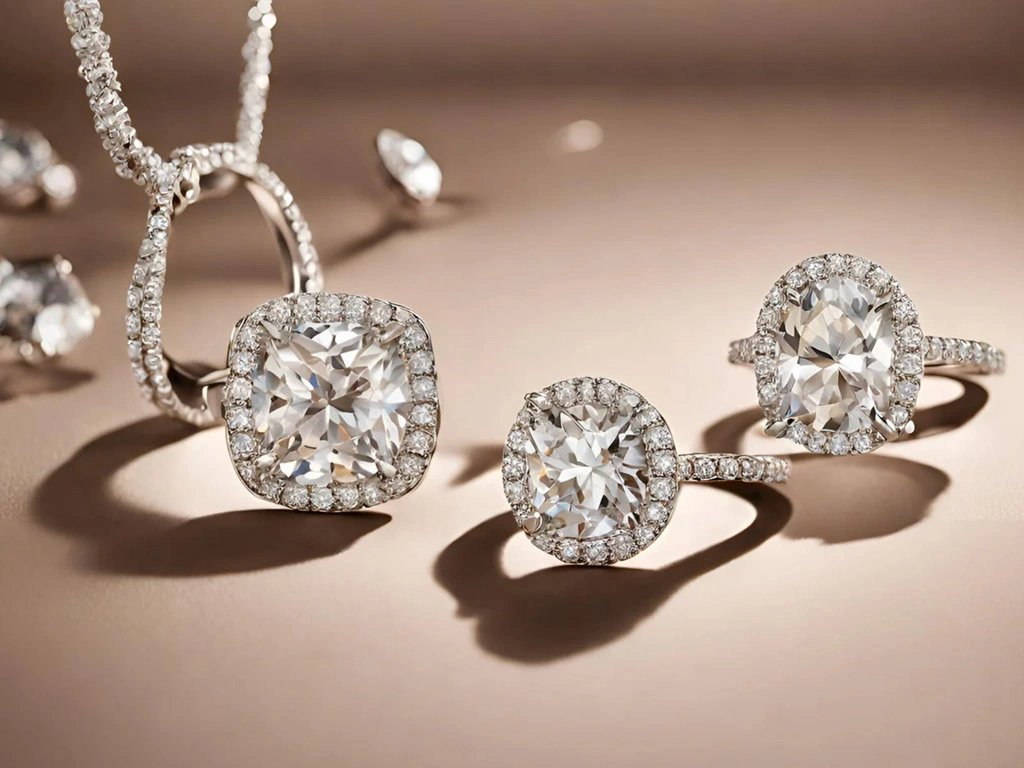Votre panier est actuellement vide !
Catégorie : Uncategorized
-

Supercars: Engineering Marvels and Status Symbols
Every Man Dreams of
Supercars, the epitome of automotive excellence, blend unmatched performance with cutting-edge technology and breathtaking design. These high-performance machines are not just about speed; they represent the pinnacle of automotive engineering, craftsmanship, and luxury. This article delves into the world of supercars, exploring their evolution, technological advancements, and the cultural significance they hold.
The Evolution of Supercars
- Origins and Early Icons: The concept of the supercar dates back to the mid-20th century. One of the earliest examples is the 1966 Lamborghini Miura, often credited with setting the template for modern supercars. With its mid-engine layout and striking design, the Miura captured the imagination of car enthusiasts and established Lamborghini as a key player in the high-performance car market.
- Technological Innovations: As technology advanced, so did the capabilities of supercars. The 1980s and 1990s saw the introduction of iconic models like the Ferrari F40 and the McLaren F1. These vehicles pushed the boundaries of speed and performance, incorporating advanced materials like carbon fiber and pioneering aerodynamic designs.
- Modern Masterpieces: Today’s supercars are technological marvels. Manufacturers such as Ferrari, Lamborghini, McLaren, and Bugatti continue to push the envelope with models like the Ferrari LaFerrari, Lamborghini Aventador, McLaren 720S, and Bugatti Chiron. These cars feature hybrid powertrains, active aerodynamics, and sophisticated electronic systems that enhance performance and safety.
Technological Advancements
- Powertrains and Performance: Modern supercars boast powerful engines that deliver incredible performance. Turbocharging, supercharging, and hybrid systems are commonly used to extract maximum power from internal combustion engines. The Bugatti Chiron, for example, features an 8.0-liter quad-turbocharged W16 engine producing 1,479 horsepower, enabling it to reach speeds of over 260 mph.
- Aerodynamics and Materials: Aerodynamics play a crucial role in supercar performance. Advanced computer simulations and wind tunnel testing are used to optimize airflow, reduce drag, and increase downforce. Lightweight materials such as carbon fiber and aluminum are extensively used to improve power-to-weight ratios and enhance handling.
- Electronics and Connectivity: The integration of advanced electronics and connectivity features is a hallmark of modern supercars. From adaptive suspension systems to customizable driving modes, these vehicles offer a blend of performance and comfort. Infotainment systems, smartphone integration, and driver assistance features ensure that supercars are as technologically advanced as they are fast.
Cultural Significance
- Status Symbols: Supercars are often seen as the ultimate status symbol, representing wealth, success, and exclusivity. Their ownership is typically limited to the elite, making them a symbol of prestige and aspiration.
- Motorsport Heritage: Many supercar manufacturers have a rich heritage in motorsport. Brands like Ferrari, McLaren, and Porsche have a long history of racing success, which is reflected in the design and engineering of their road cars. This racing pedigree adds to the allure and mystique of supercars.
- Pop Culture Icons: Supercars have a prominent place in popular culture, appearing in movies, music videos, and video games. Films like « The Fast and the Furious » series and video games like « Gran Turismo » and « Forza Horizon » have cemented the status of supercars as objects of desire and fascination.
The Future of Supercars
The future of supercars is poised to be even more exciting with the advent of electric and autonomous technologies. Manufacturers are exploring electric powertrains to deliver instant torque and sustainable performance. The Rimac C_Two and the Lotus Evija are examples of electric hypercars that promise to deliver mind-blowing performance while being environmentally friendly.
Conclusion
Supercars represent the zenith of automotive achievement, combining cutting-edge technology, exquisite design, and unparalleled performance. They are not just vehicles; they are works of art and engineering marvels that captivate the imagination. As technology continues to evolve, the supercar will undoubtedly continue to push the boundaries of what is possible, ensuring its place as the ultimate symbol of automotive excellence.
-

Diamonds: The Eternal Beauty
Introduction
Diamonds, with their brilliant sparkle and extraordinary hardness, have long been symbols of wealth, power, and eternity. As one of the most coveted gemstones in the world, diamonds boast a rich history, a fascinating formation process, and a variety of applications beyond the realm of jewelry.
History of Diamonds
The origins of diamonds can be traced back thousands of years, with the first recorded use in India around 4,000 years ago. In ancient times, diamonds were considered mystical objects believed to possess protective and healing powers. They were used by nobility and royalty as symbols of status and power.
In the 18th century, the discovery of diamonds in Brazil shifted the primary source of diamonds from India. However, a significant event occurred in the late 19th century with the discovery of diamonds in South Africa, which revolutionized the diamond industry. Companies like De Beers monopolized diamond production and promoted the idea of diamonds as symbols of everlasting love through their famous advertising campaign, « A Diamond is Forever. »
The Formation of Diamonds
Diamonds form deep within the Earth’s mantle, under conditions of extreme pressure and temperature, about 150-200 kilometers below the surface. This process takes billions of years. Diamonds are created from carbon atoms arranged in a crystal structure that gives them their incredible hardness.
Diamonds are then brought to the Earth’s surface through deep volcanic eruptions. The volcanic material containing diamonds is called kimberlite. These eruptions form kimberlite pipes, which are the primary sources of mined diamonds today.
Characteristics and Grading of Diamonds
Diamonds are evaluated based on the « Four Cs »: Carat, Cut, Color, and Clarity.
- Carat: This refers to the weight of the diamond. One carat is equivalent to 200 milligrams. Larger diamonds are rarer and thus more valuable.
- Cut: The cut of a diamond determines its brilliance. It refers to how well a diamond has been shaped and faceted. A well-cut diamond reflects light beautifully, enhancing its sparkle.
- Color: Diamonds come in a variety of colors, but the most valuable diamonds are those that are colorless. The Gemological Institute of America (GIA) grades diamonds on a color scale from D (colorless) to Z (light yellow or brown).
- Clarity: This measures the presence of internal or external imperfections, known as inclusions and blemishes, respectively. The fewer the imperfections, the higher the clarity grade and the more valuable the diamond.
Uses of Diamonds
While diamonds are most commonly associated with jewelry, particularly engagement rings, they have several other uses due to their unique properties.
- Industrial Applications: Diamonds are used in cutting, grinding, and drilling tools because of their unmatched hardness.
- Scientific Research: Diamonds are used in high-pressure experiments and as semiconductors in electronics.
- Medical Field: Diamonds are utilized in medical equipment, such as diamond-tipped scalpels, for precise surgical procedures.
Ethical Considerations
The diamond industry has faced scrutiny due to the issue of « blood diamonds » or « conflict diamonds, » which are mined in war zones and sold to finance armed conflict against governments. Efforts like the Kimberley Process Certification Scheme have been established to prevent the trade of conflict diamonds and ensure that diamonds on the market are ethically sourced.
Conclusion
Diamonds continue to captivate with their unparalleled beauty and durability. Their journey from deep within the Earth to becoming cherished symbols of love and commitment is a testament to their enduring allure. As consumers become more aware of the ethical implications of diamond mining, the industry is evolving to prioritize transparency and sustainability, ensuring that these precious gems remain symbols of both beauty and integrity.
-
Hello world!
Welcome to WordPress. This is your first post. Edit or delete it, then start writing!
